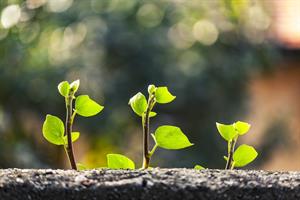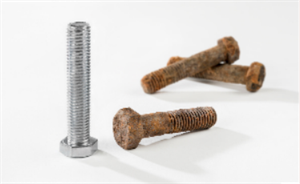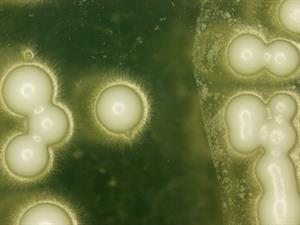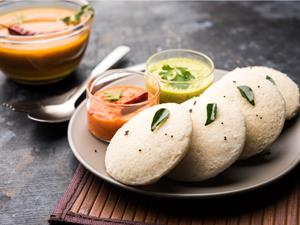PDF chapter test TRY NOW
Let us now explain why the curdling of milk is an irreversible and chemical change.
Irreversible Change:
Irreversible Change:

Growth of a plant
The change in which the substance completely changes into a different one. For instance, growth of a plant, grinding wheat grains to flour, ripening of fruits, etc.
Chemical Change:

Rusting of iron
Catalysts:
Catalyst is the substance that only speeds up the reaction and does not take part in the reaction.
Example:
In the fermentation of sugar, yeast acts as the catalyst.
Fermentation is an anaerobic process by which microorganisms such as bacteria or yeast chemically convert sugar into alcohol (ethanol). Microorganisms such as yeast and bacteria break down sugar molecules into carbon dioxide and alcohol in the fermentation process.
Fermentation is an irreversible process as the alcohol formed cannot be turned back into sugar. Thus, fermentation is a chemical change.
The curdling is a process in which a liquid state of the substance gradually turns into a solid-state.
Milk is converted into curd with Lactobacillus acid bacteria (LAB). Lactic acid is a chemical, which imparts the sour taste to curd.

Curdling of milk
When we add a few drops of curd to the hot milk, the milk curdles in few minutes, forming lumpy solid masses. Curdling of milk can also be done by adding the lemon extract to the hot milk.
But in gradual curdling, the taste of the curd is enhanced, whereas the curdling that occurs immediately by adding curd or lemon extract to hot milk does not taste good.

Yeast under the microscope
Saccharomyces cerevisiae (Brewer's yeast) has been used to produce alcoholic beverages from malted cereals, vegetables, seeds and fruit juices for fermentation.

Fermented food products
Fermented foods and beverages production entirely depends on the type of food, duration of fermentation process, and microbes used for fermentation.
